Manufacturing Automation
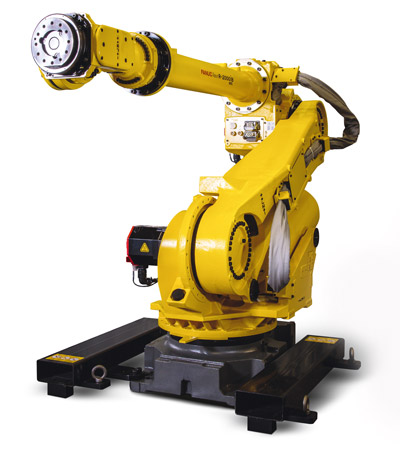
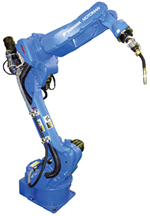
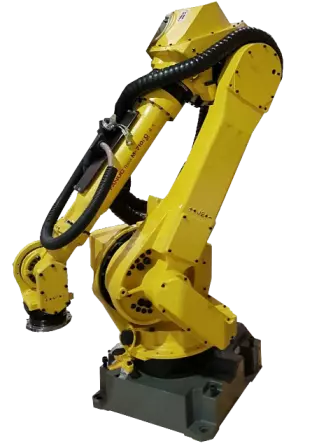
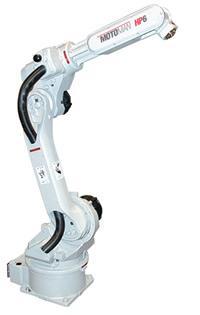
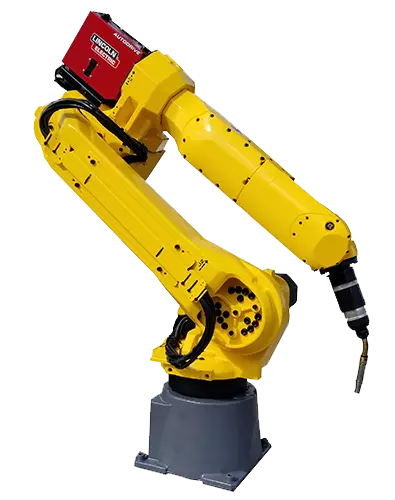
Automation has drastically changed manufacturing over the decades. Manufacturing floors were once solely made up of production lines of workers. As new automation technologies were developed, manufacturing facilities began to change becoming a mixture of workers and machines to now evolving into factories composed mainly of industrial robots.
Manufacturing automation involves the use of control devices and machines to automatically perform production related tasks. These tasks include assembly, finishing, packaging, and welding among many others. The goal of industrial automation is to limit the amount of human interaction needed for a given application. Limiting human interaction provides greater control over errors, reduces costs, decreases cycle times, eliminates bottlenecks, and improves product quality. Manufacturing automation ultimately will lead to a more efficient operation. Many companies have realized automation is necessary to keep up with their competitors and to combat issues such as rising material and labor costs, high demand, product line turnover, and labor shortages.
Types of Manufacturing Automation
Manufacturing automation can be accomplished through several different means. The type of automation implemented will ultimately depend upon a manufacturers budget, application, and objectives. Fixed automation was one of the first forms of industrial automation implemented in manufacturing. It consists of fixed machines or special purpose equipment which can perform a specific task. Fixed automation is best for highly repetitive manufacturing as it is inflexible and does not allow for changes. Fixed automation machines include conveyors and machine transfer lines.Programmable automation allows for the programmed control of automation equipment. This includes numerically controlled (NC) machines, which are commonly used for finishing applications. Industrial robots are also considered to be a form of programmable automation. However, with the many advances of robotic technology, today’s industrial robots are mainly considered to be a form of flexible automation. Flexible automation builds upon programmable automation by allowing for adjustments to product and process changes. The FANUC LR Mate 200id can be programmed for robotic assembly but can also be reprogrammed for automated part transfer tasks. Articulated robots can be used to complete specific applications at a given time or programmed to complete a sequence of tasks. They can also easily adapt to various part types through programming, sensors, and robotic vision systems. Automating with the ABB IRB 4600-40 gives manufacturers greater versatility with its multipurpose capabilities.